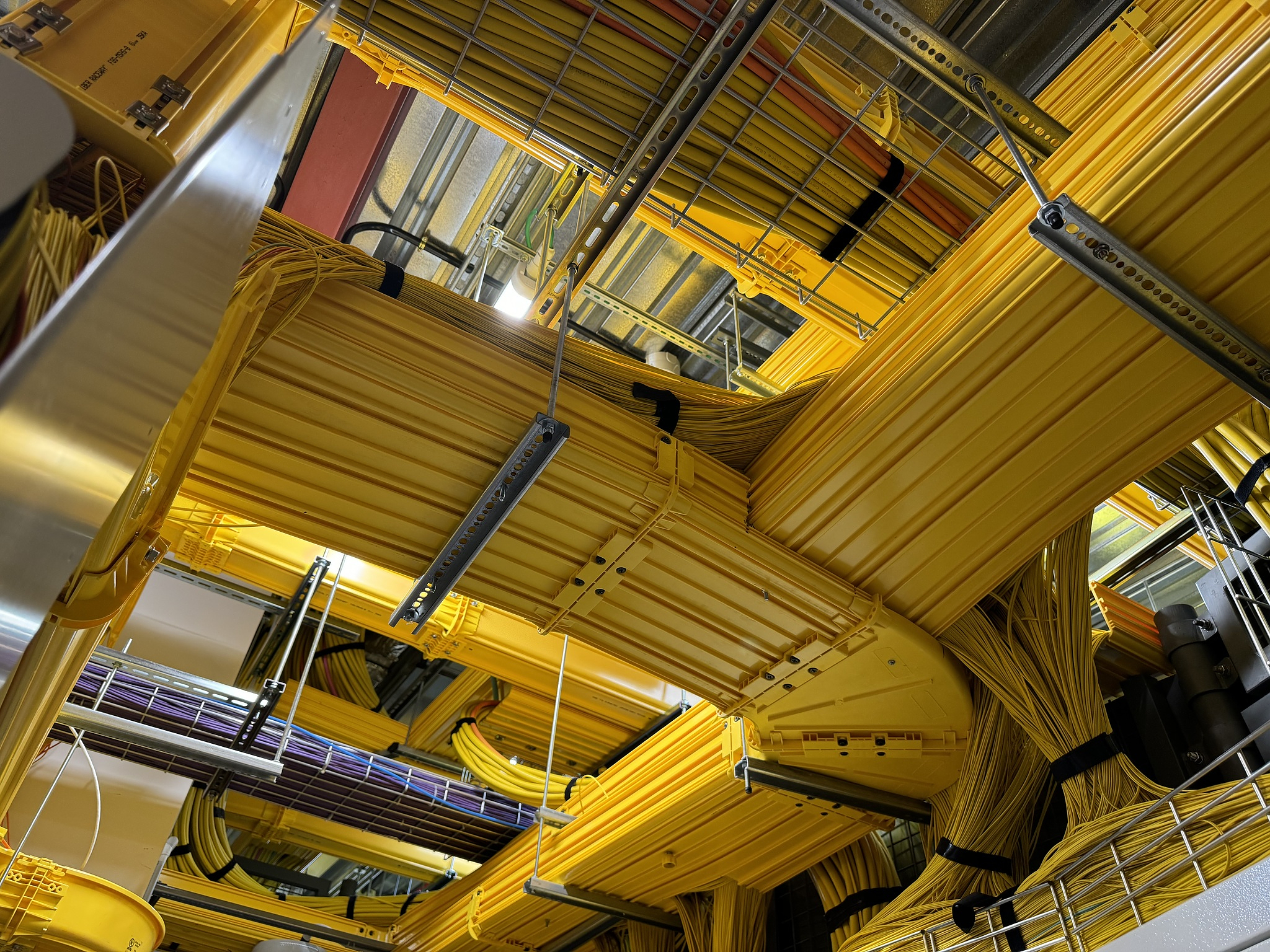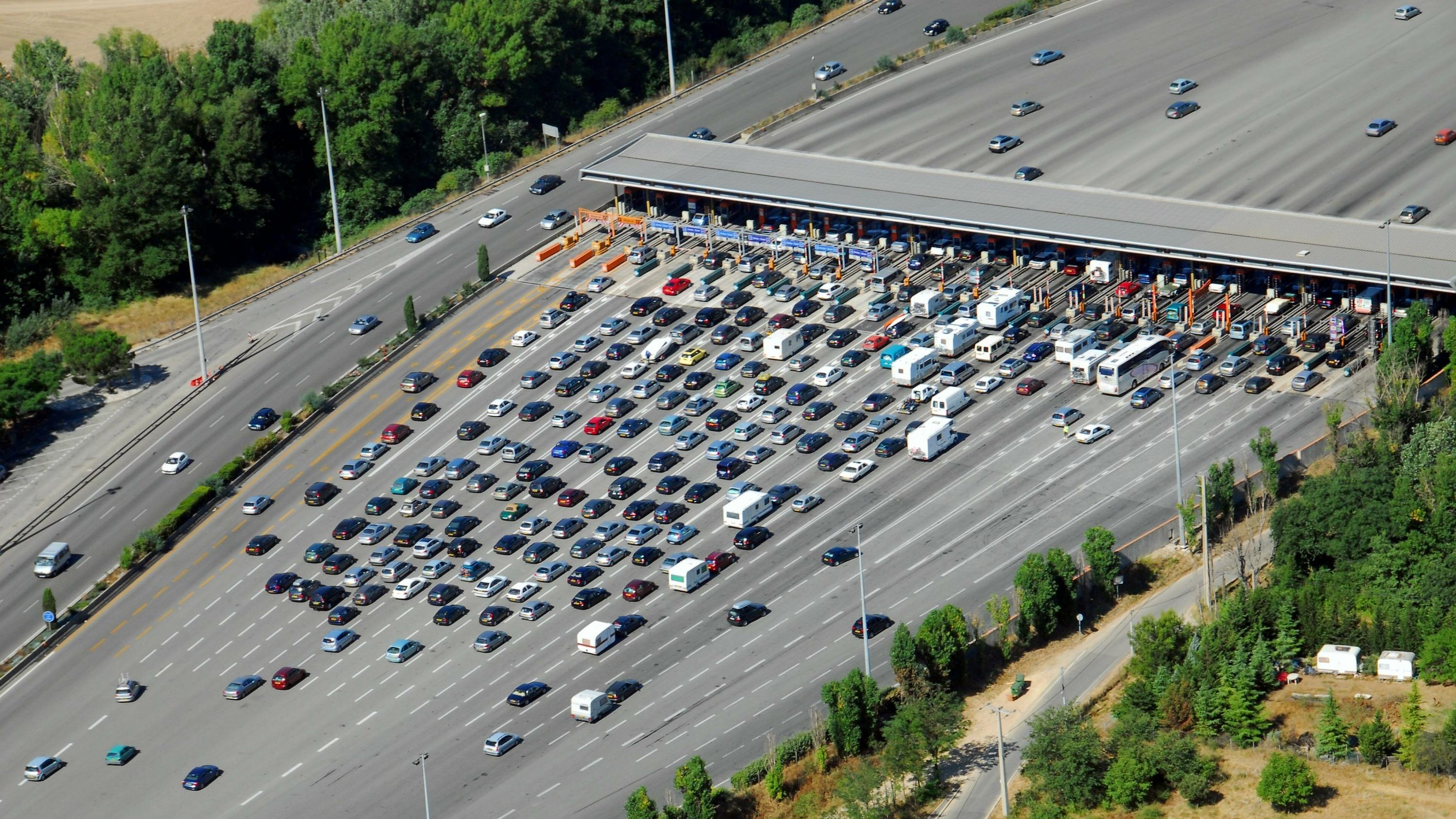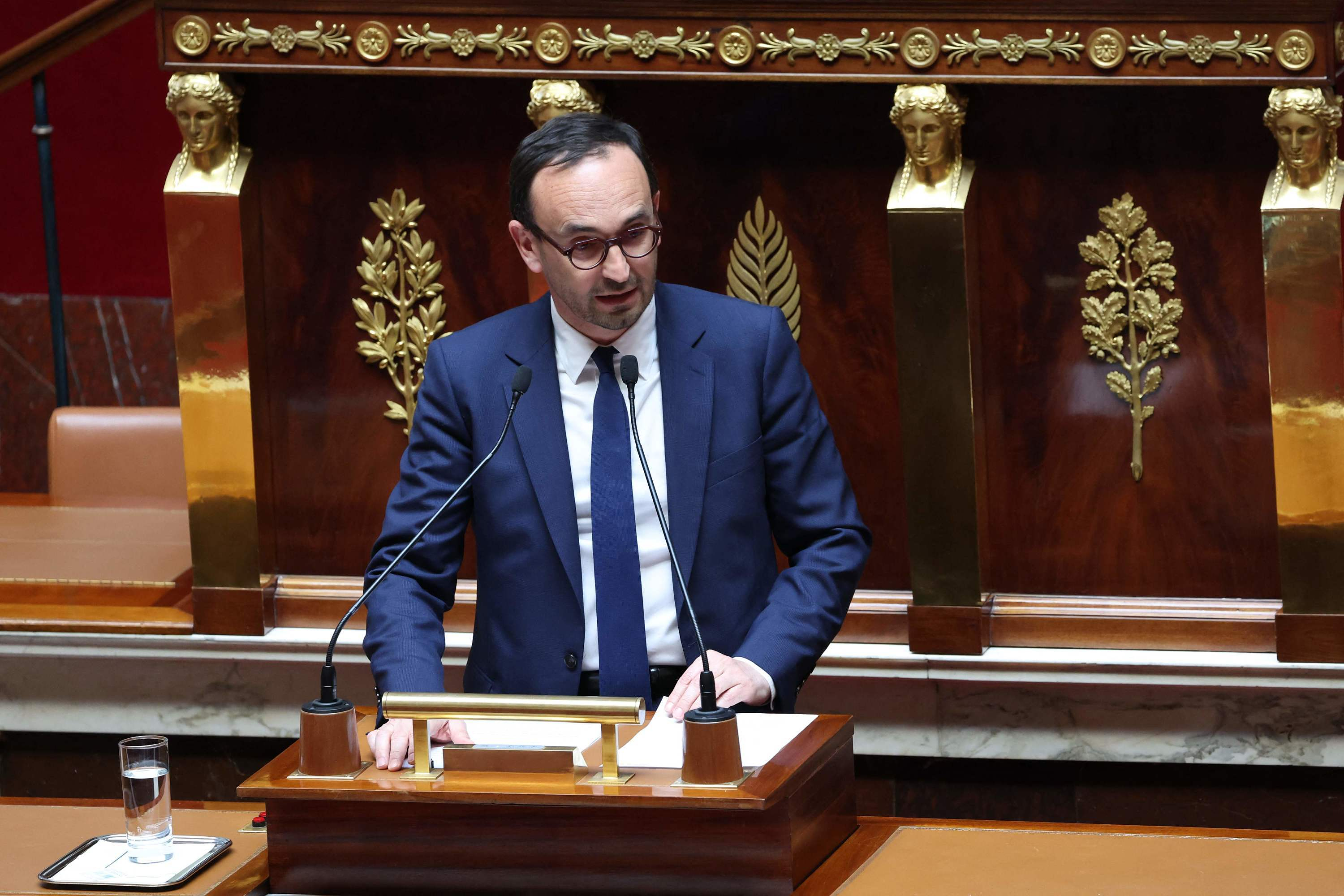From the outside, the buildings on 71 and 73 Albasanz Street in the Canillejas neighborhood in Madrid look like just another office block like those that surround them in this industrial estate. But inside these 6,500 square meters house a fundamental nerve center for the operation of the Internet.
"The Internet and the cloud are actually millions and millions of tons of cables and servers that interconnect," warns Raquel Figueruelo, head of marketing, upon entering the building.
Between the four buildings that Digital Realty has in Madrid there are 120,000 kilometers of fiber cabling - enough to go around the world three times - and some 9,000 racks that house more than 300,000 servers. In total, 65% of the Internet traffic in the Iberian Peninsula passes through these data centers at some point during the day and approximately 10,000 connections are made between clients. Companies such as IBM Cloud, Tivify, Netflix, Disney, Paycomet, Seur or Correos are some examples of the more than 400 firms that have their machines hosted here.
The person responsible for ensuring that these machines are operational and working at all times is Digital Realty, an American company that in 2020 acquired the Dutch company Interxion for 8.5 billion euros and which until then owned three data centers in the Canillejas neighborhood.
The oldest building, at Albasanz 71, dates back to 2000 when the telecommunications market was liberalized and the different operators that came to the market needed interconnection. Years later, in 2012, a new data center was inaugurated in the building next door to serve the growing demand from companies that preferred to outsource their technological infrastructure. A little later, with the streaming boom and the arrival of large cloud groups, Interxion opened its third data center, this time about 800 meters away.
Not much further away, creating a triangle with the others, in 2023 the company's last and most ambitious data center was inaugurated, since its size is three times that of the previous three combined and has involved an investment of 230 million euros to the company.
"Many more digital services are coming and in Spain we are going to start providing these services to other regions such as Africa or Asia, so more companies will need space here. And artificial intelligence is also coming, which will require more data centers. We are slow to build one in about two years and this last center will be prepared to accommodate all this demand," explains Figueruelo.
These four centers are connected to each other by underground cable but they are all located in the same Madrid neighborhood for a reason. Canillejas is the area with the greatest underground connectivity in all of Spain and has great electrical power. Many of the telephony trunk networks of the teleoperators pass through here since Telefónica's main node was here.
These buildings are a kind of hotel with all the amenities where clients, from Disney or Netflix to Seur, house their machines, the servers, while Digital Realty is in charge of their operation and security. They are called colocation, or specialized, data centers, and here the interconnection of digital services occurs.
To do this, behind facades that little to nothing suggest that the heart of the network is inside, there are buildings with a special construction. At the top there are large containers where boat motors are hidden that guarantee that in the event of a power outage everything continues to work.
On the ground floor, spaces of more than 700 square meters where the heat expelled by the machines predominates and with a height of 6 meters, are the client servers, which are housed in a structure similar to a closet called a rack. Above them, fiber cable roads and below, a false floor placed one meter high to generate more air volume and spend less energy cooling the machines. The goal is for these servers to always be cold, 'tricking' these teams into continuing to work.
To connect all these servers together, Digital Realty has 15,000 cross connects, which are fiber cables that allow up to 1,000 digital services to circulate at the same time.
All these cables have a physical space where they are located, the so-called Meet Me Room, the "physical room where the cable is truly interconnected, where these 15,000 interconnections of all the clients who have their servers hosted here occur," the company explains. .
A large tangle of yellow cables that allow everything to work when selecting a movie on Netflix, or when making an online purchase the store receives the order. An invisible network for the consumer but, as Figueruelo pointed out when entering the building, explains why in reality everything on the Internet is tons and tons of cable.

 What is chloropicrin, the chemical agent that Washington accuses Moscow of using in Ukraine?
What is chloropicrin, the chemical agent that Washington accuses Moscow of using in Ukraine? Poland, big winner of European enlargement
Poland, big winner of European enlargement In Israel, step-by-step negotiations for a ceasefire in the Gaza Strip
In Israel, step-by-step negotiations for a ceasefire in the Gaza Strip BBVA ADRs fall almost 2% on Wall Street
BBVA ADRs fall almost 2% on Wall Street Breast cancer: less than one in two French women follow screening recommendations
Breast cancer: less than one in two French women follow screening recommendations “Dazzling” symptoms, 5,000 deaths per year, non-existent vaccine... What is Lassa fever, a case of which has been identified in Île-de-France?
“Dazzling” symptoms, 5,000 deaths per year, non-existent vaccine... What is Lassa fever, a case of which has been identified in Île-de-France? Sánchez cancels his agenda and considers resigning: "I need to stop and reflect"
Sánchez cancels his agenda and considers resigning: "I need to stop and reflect" The Federal Committee of the PSOE interrupts the event to take to the streets with the militants
The Federal Committee of the PSOE interrupts the event to take to the streets with the militants Volvic factory shut down after “an act of malicious intent”: production can resume “at the earliest” on Friday
Volvic factory shut down after “an act of malicious intent”: production can resume “at the earliest” on Friday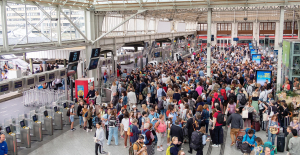 SNCF: algorithmic video surveillance in stations attacked before the CNIL
SNCF: algorithmic video surveillance in stations attacked before the CNIL Europeans: Macron's speech at the Sorbonne counted as speaking time on the Renaissance list
Europeans: Macron's speech at the Sorbonne counted as speaking time on the Renaissance list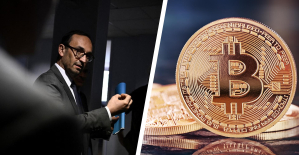 The government wants to strengthen its controls on cryptocurrency holders
The government wants to strengthen its controls on cryptocurrency holders Jean Reno publishes his first novel Emma on May 16
Jean Reno publishes his first novel Emma on May 16 Cannes Film Festival: Meryl Streep awarded an honorary Palme d’Or
Cannes Film Festival: Meryl Streep awarded an honorary Palme d’Or With A Little Something Extra, Artus and his disabled actors do better than Intouchable on the first day
With A Little Something Extra, Artus and his disabled actors do better than Intouchable on the first day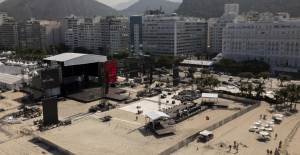 Madonna ends her world tour with a giant - and free - concert in Copacabana
Madonna ends her world tour with a giant - and free - concert in Copacabana Omoda 7, another Chinese car that could be manufactured in Spain
Omoda 7, another Chinese car that could be manufactured in Spain BYD chooses CA Auto Bank as financial partner in Spain
BYD chooses CA Auto Bank as financial partner in Spain Tesla and Baidu sign key agreement to boost development of autonomous driving
Tesla and Baidu sign key agreement to boost development of autonomous driving Skoda Kodiaq 2024: a 'beast' plug-in hybrid SUV
Skoda Kodiaq 2024: a 'beast' plug-in hybrid SUV The home mortgage firm rises 3.8% in February and the average interest moderates to 3.33%
The home mortgage firm rises 3.8% in February and the average interest moderates to 3.33% This is how housing prices have changed in Spain in the last decade
This is how housing prices have changed in Spain in the last decade The home mortgage firm drops 10% in January and interest soars to 3.46%
The home mortgage firm drops 10% in January and interest soars to 3.46% The jewel of the Rocío de Nagüeles urbanization: a dream villa in Marbella
The jewel of the Rocío de Nagüeles urbanization: a dream villa in Marbella Europeans: a senior official on the National Rally list
Europeans: a senior official on the National Rally list Blockade of Sciences Po: the right denounces a “drift”, the government charges the rebels
Blockade of Sciences Po: the right denounces a “drift”, the government charges the rebels Even on a mission for NATO, the Charles-de-Gaulle remains under French control, Lecornu responds to Mélenchon
Even on a mission for NATO, the Charles-de-Gaulle remains under French control, Lecornu responds to Mélenchon “Deadly Europe”, “economic decline”, immigration… What to remember from Emmanuel Macron’s speech at the Sorbonne
“Deadly Europe”, “economic decline”, immigration… What to remember from Emmanuel Macron’s speech at the Sorbonne These French cities that will boycott the World Cup in Qatar
These French cities that will boycott the World Cup in Qatar OM-Atalanta: the lines of the match
OM-Atalanta: the lines of the match Ligue 1: Lorient supporters invade the training center
Ligue 1: Lorient supporters invade the training center Hand: Montpellier overthrown by Kiel in the Champions League
Hand: Montpellier overthrown by Kiel in the Champions League Tennis: Medvedev gives up, Lehecka in semi-finals
Tennis: Medvedev gives up, Lehecka in semi-finals